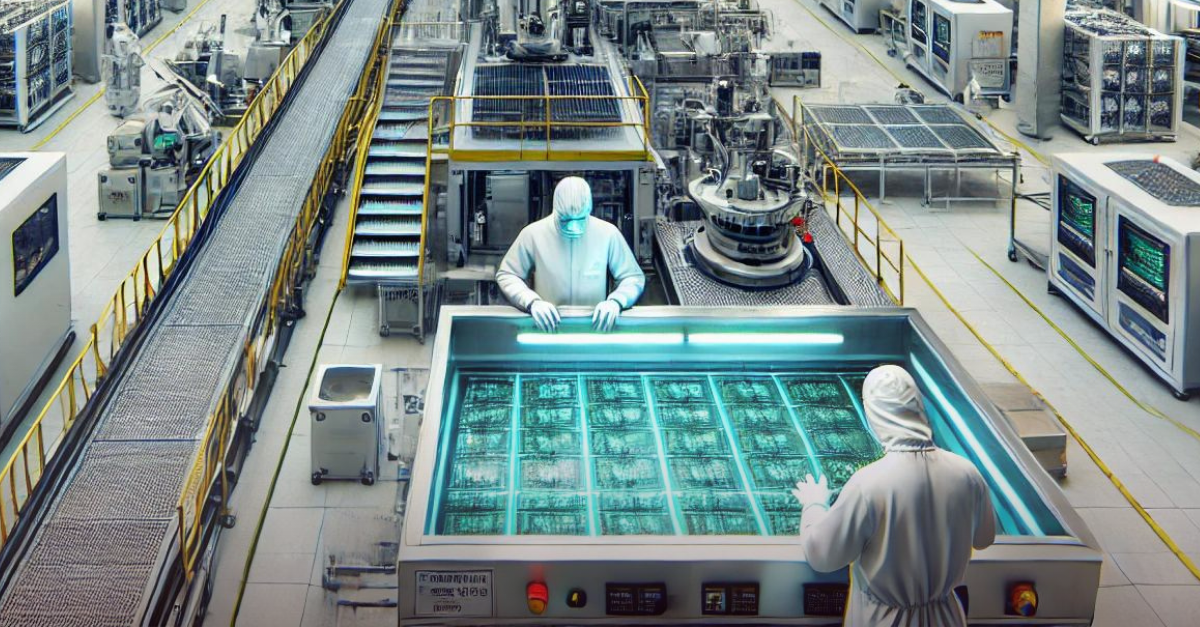Global Chip Manufacturing Industry Poised for Major Capacity Boost
Published: 7.22.2024
The global semiconductor manufacturing industry is on the brink of significant expansion, with projections indicating a substantial increase in production capacity over the next two years. According to the latest World Fab Forecast report by SEMI, the industry is expected to boost its capacity by 6% in 2024 and 7% in 2025, reaching a record high of 33.7 million 8-inch equivalent wafers per month.

One of the primary catalysts for this growth is the escalating demand for generative artificial intelligence (AI) applications, particularly within data centers. Leading-edge capacity for 5nm nodes and below is forecasted to grow by 13% in 2024. This surge is driven by the need for high-performance chips capable of managing advanced AI tasks, including training and inference for generative AI models.
“The proliferation of AI processing, from cloud computing to edge devices, is fueling the race to develop high-performance chips and driving a robust expansion of global semiconductor manufacturing capacity,” stated Ajit Manocha, SEMI President and CEO. This virtuous cycle is expected to propel further investment in semiconductor content across diverse applications.
In 2025, the industry will witness a pivotal advancement as major players like Intel, Samsung, and TSMC begin production of 2nm chips using gate-all-around (GAA) FET technology. This innovation is set to increase leading-edge capacity by an impressive 17%, further enhancing the industry's capability to meet the burgeoning demand for advanced semiconductors.
China is at the forefront of this capacity expansion, with projections indicating a 14% increase in production capacity, reaching 10.1 million wafers per month by 2025. This growth is part of China's strategic investment to counteract the impact of export controls and maintain its rapid expansion trajectory (DQ).
Other major chipmaking regions are also contributing to this growth, albeit at a more modest pace. Taiwan's capacity is expected to grow by 4%, securing its position as the second-largest producer, while South Korea's capacity will expand by 7%, solidifying its third-place ranking. Japan, the Americas, Europe & Mideast, and Southeast Asia are forecasted to see moderate growth rates ranging from 3% to 5%.
The foundry segment, driven by Intel’s establishment of its foundry business and China’s aggressive capacity expansion, is projected to see an 11% increase in 2024 and a 10% increase in 2025. This segment is expected to reach a capacity of 12.7 million wafers per month by 2026.
The memory sector is also experiencing unprecedented growth, fueled by the rapid adoption of high bandwidth memory (HBM) required for AI servers. Leading DRAM makers are ramping up investments to meet the increasing demand for denser HBM stacks, with DRAM capacity projected to grow by 9% annually in both 2024 and 2025.


.png)

